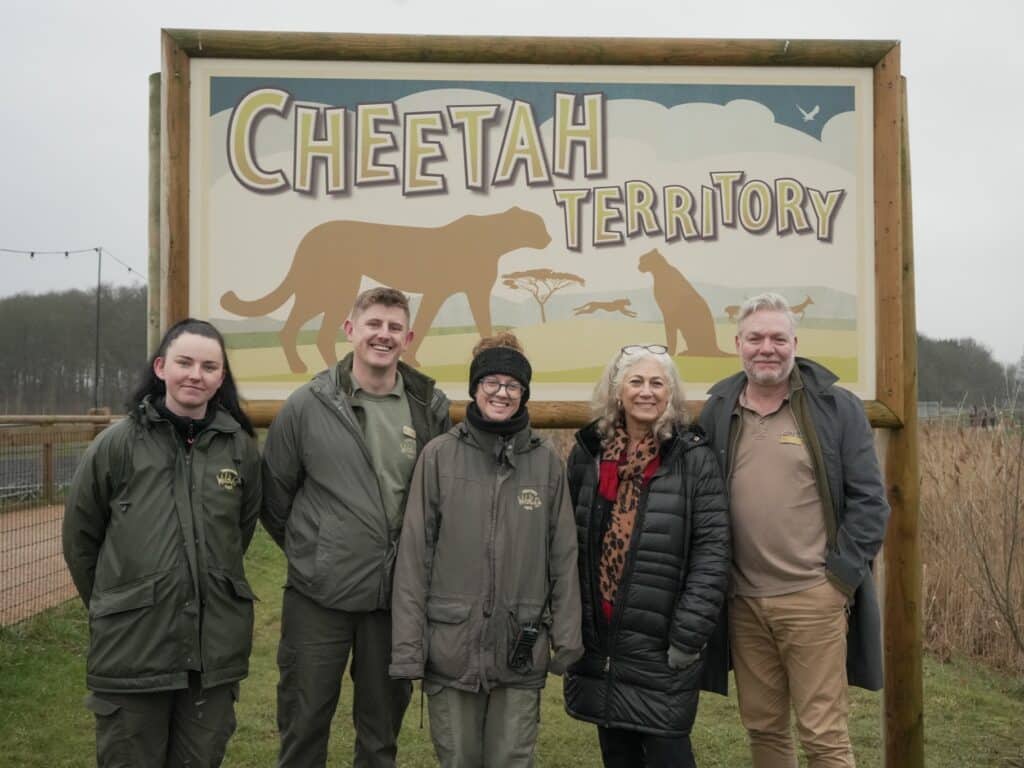Amur Tigers
A fragile recovery
Number of Amur tigers left in the wild
500
Deaths caused by humans every year
75-85%
Increase over the past 10 years
15%
The Russian Far East is home to 95% of the global population of Amur tigers, making them the most northerly tiger subspecies. Thought to be the largest cat in the world, the Amur tiger averages about 3.3m (11ft) in length and has a tail measuring about 1m long (3 ft). It’s safe to say they’ll make your pet cat look like a tiny, little mouse!
Like other tigers, the Amur tiger’s coat is both striped and unique in pattern. However, unlike other tigers, they have a thick mane in addition to their thick fur to help them keep nice and warm during Russia’s cold winters.
Less than a century ago in the 1940’s, the Amur tiger was pushed to the brink of extinction and there were less than 50 remaining in the wild. Thanks to a hunting ban and monumental conservation efforts, populations of this magnificent animal have multiplied ten-fold since then. However, Amur tigers are still under threat, and that is sadly because of things that humans are doing like poaching and destroying their habitats.
This beautiful, extraordinary animal needs our help to continue upon its road to recovery. Rangers at Yorkshire Wildlife Park hold onsite collections to support project work to ensure that these wonderful creatures can survive for many years to come.
Like other tigers, the Amur tiger’s coat is both striped and unique in pattern. However, unlike other tigers, they have a thick mane in addition to their thick fur to help them keep nice and warm during Russia’s cold winters.
Less than a century ago in the 1940’s, the Amur tiger was pushed to the brink of extinction and there were less than 50 remaining in the wild. Thanks to a hunting ban and monumental conservation efforts, populations of this magnificent animal have multiplied ten-fold since then. However, Amur tigers are still under threat, and that is sadly because of things that humans are doing like poaching and destroying their habitats.
This beautiful, extraordinary animal needs our help to continue upon its road to recovery. Rangers at Yorkshire Wildlife Park hold onsite collections to support project work to ensure that these wonderful creatures can survive for many years to come.

Threats
Human-Tiger conflict:
Conflicts between tigers and humans, as a result of attacks on people and predation on domestic animals, often lead to tigers being killed.Poaching:
Wild tigers are coveted for their fur and body parts, which are used in alternative medicine.Forest fires:
Their current range has a long and frequent fire history, which destroys and replaces their natural forest habitat with grasslands that they naturally avoid.Working with
Amur Tigers
WildLife Foundation has worked with WildCats Conservation Alliance
International Breeding Programme:
Yorkshire Wildlife Park is home to four tigers, playing a crucial role in the European Breeding Programme, following the birth of 3 cubs, Hector, Harley and Hope to female Tschuna in 2015. The programme allows scientists and vets to undertake research that can be applied in the wild and helps raise awareness for the plight of Amur tigers. The breeding programme also provides an insurance population that could, if needed, be reintroduced to the wild.Rescue and Rehabilitation Centre:
In 2015, WildLife Foundation granted £18K to fund a rescue and rehabilitation centre at Alekseevka in Russia, to help injured or struggling tiger cubs get back to strength. The centre then released them back into the wild when they were ready.Facts
Amur tigers were previously known as Siberian tigers, but since the Amur river runs directly through their Russian habitat, they are now more commonly known as the Amur tiger.
Since Amur tigers live in such cold regions, an adult needs to eat at least 9 kilograms (20 pounds) of food every day to survive, but adults can eat as much as 50 kilograms of meat. That is 20 times more than the daily recommendation for humans!
Since Amur tigers live in such cold regions, an adult needs to eat at least 9 kilograms (20 pounds) of food every day to survive, but adults can eat as much as 50 kilograms of meat. That is 20 times more than the daily recommendation for humans!
Seven Worlds, One Planet
We have previously worked with WildCats Conservation Alliance to fund a rescue and rehabilitation centre at Alekseevka in Russia.









